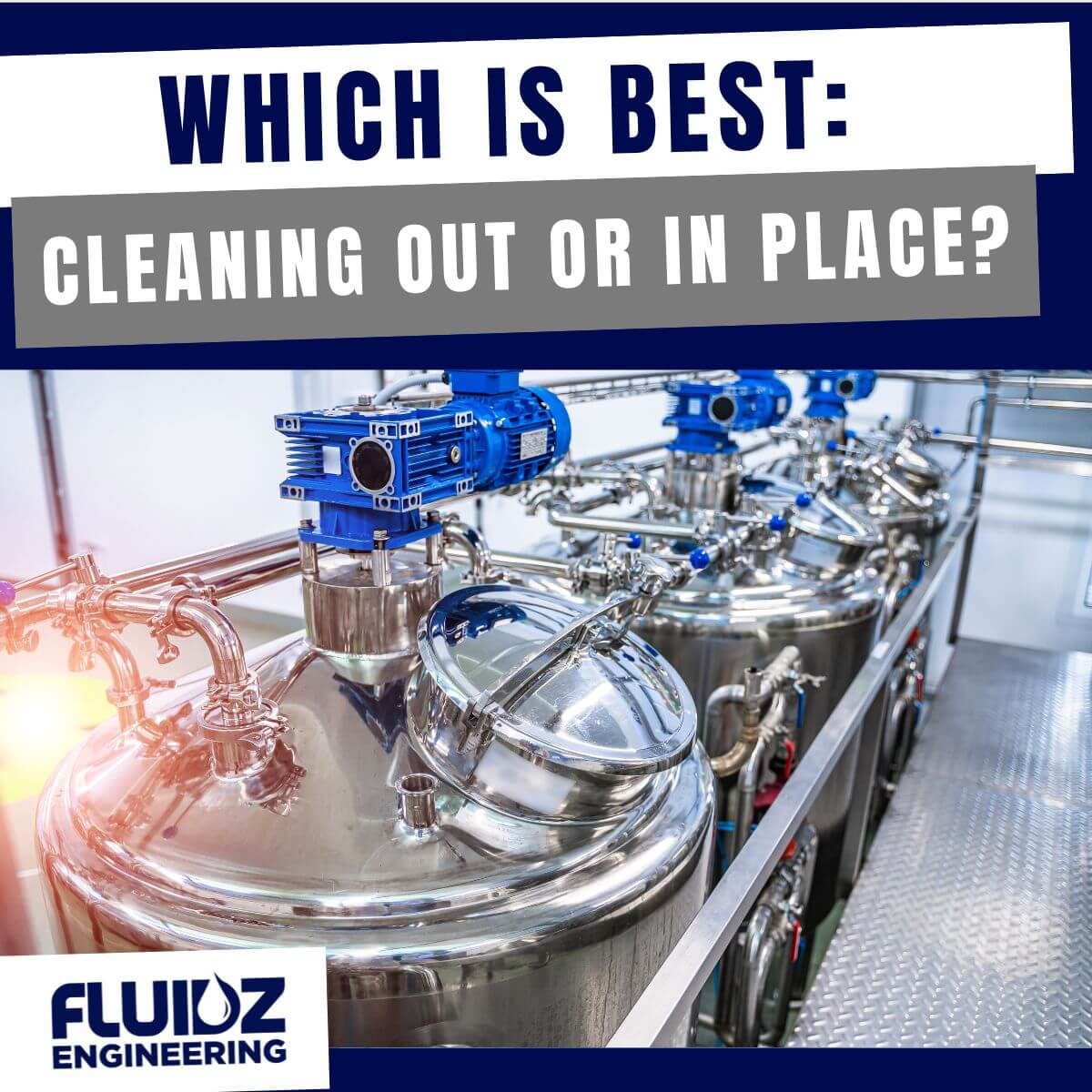
Cleaning methods in the food industry II
25 April 2025
𝗖𝗹𝗲𝗮𝗻𝗶𝗻𝗴 In 𝗣𝗹𝗮𝗰𝗲 (𝗖I𝗣) 𝗶𝗻 𝘁𝗵𝗲 𝘀𝗽𝗼𝘁𝗹𝗶𝗴𝗵𝘁!
In the food industry, the most commonly used cleaning methods are:
1️.Cleaning Out of Place (COP)
2️.Cleaning in Place (CIP)
In the coming weeks, we will compare these methods.
🔹 𝙒𝙝𝙖𝙩 𝙖𝙧𝙚 𝙩𝙝𝙚 𝙖𝙙𝙫𝙖𝙣𝙩𝙖𝙜𝙚𝙨 𝙖𝙣𝙙 𝙙𝙞𝙨𝙖𝙙𝙫𝙖𝙣𝙩𝙖𝙜𝙚𝙨?
🔹 𝙁𝙤𝙧 𝙬𝙝𝙞𝙘𝙝 𝙞𝙣𝙨𝙩𝙖𝙡𝙡𝙖𝙩𝙞𝙤𝙣𝙨 𝙖𝙧𝙚 𝙩𝙝𝙚𝙮 𝙨𝙪𝙞𝙩𝙖𝙗𝙡𝙚?
🔹 𝘼𝙣𝙙 𝙬𝙝𝙖𝙩 𝙞𝙨 𝙩𝙝𝙚 𝙗𝙚𝙨𝙩 𝙨𝙤𝙡𝙪𝙩𝙞𝙤𝙣 𝙛𝙤𝙧 𝙮𝙤𝙪𝙧 𝙥𝙧𝙤𝙘𝙚𝙨𝙨?
Today: Cleaning In Place (CIP)
What is CIP?
CIP stands for Cleaning in Place. It is an automated cleaning method that cleans installations without dismantling. Think of closed pipe systems, tanks and process installations.
This is done via a fixed or mobile setup with spray balls, pumps and pipes that circulate cleaning agents through the system.
Advantages:
✔ Time-saving
✔ Automated and reproducible
✔ Safe: no exposure to chemicals
✔ Suitable for closed systems
✔ No reinfection
✔ Easy to validate and document (e.g. according to HACCP, IFS, GMP)
Disadvantages:
✖ Higher initial investment costs
✖ Not suitable for small or complex parts
✖ System must be designed to be fully CIP-ready
✖ Higher water and energy consumption in poorly optimized systems
For which sectors is CIP ideal?
🥛 Dairy: Large-scale processing of milk, yogurt, cheeses, etc.
💊 Pharma: GMP environments with strict validation requirements
🍺 Breweries: Brewing installations and fermentation tanks
🥤 Beverage: Production lines for soft drinks, juice and syrups
🥫 Food: Sauces, soups and other liquid foods
Conclusion:
Cleaning in Place is the solution for efficient and controlled cleaning of closed systems. But it requires a good design, an investment and regular validation. Ideal for consistent hygiene in critical processes.
Next time: what’s the best solution for your process?
Are you missing something? Let us know!
